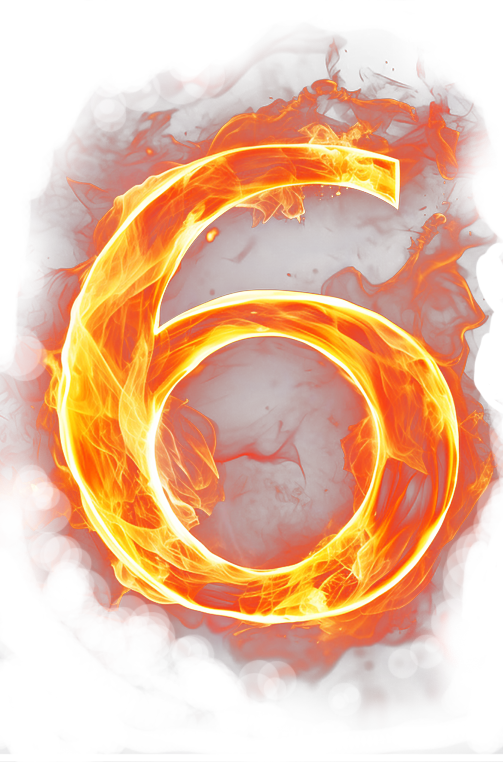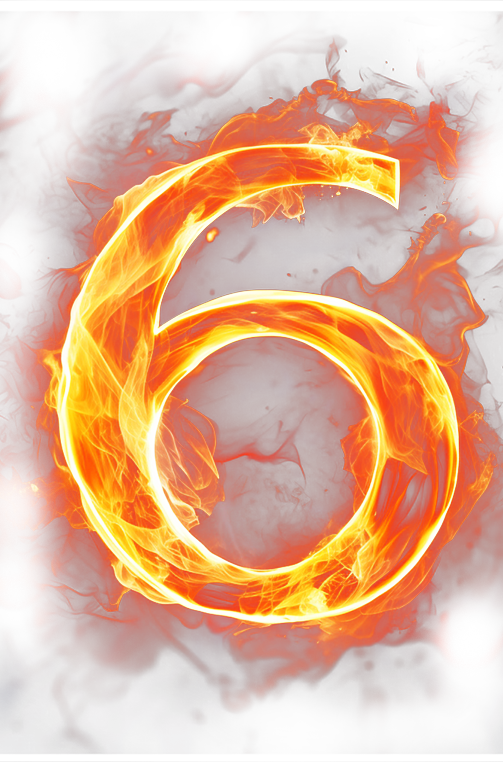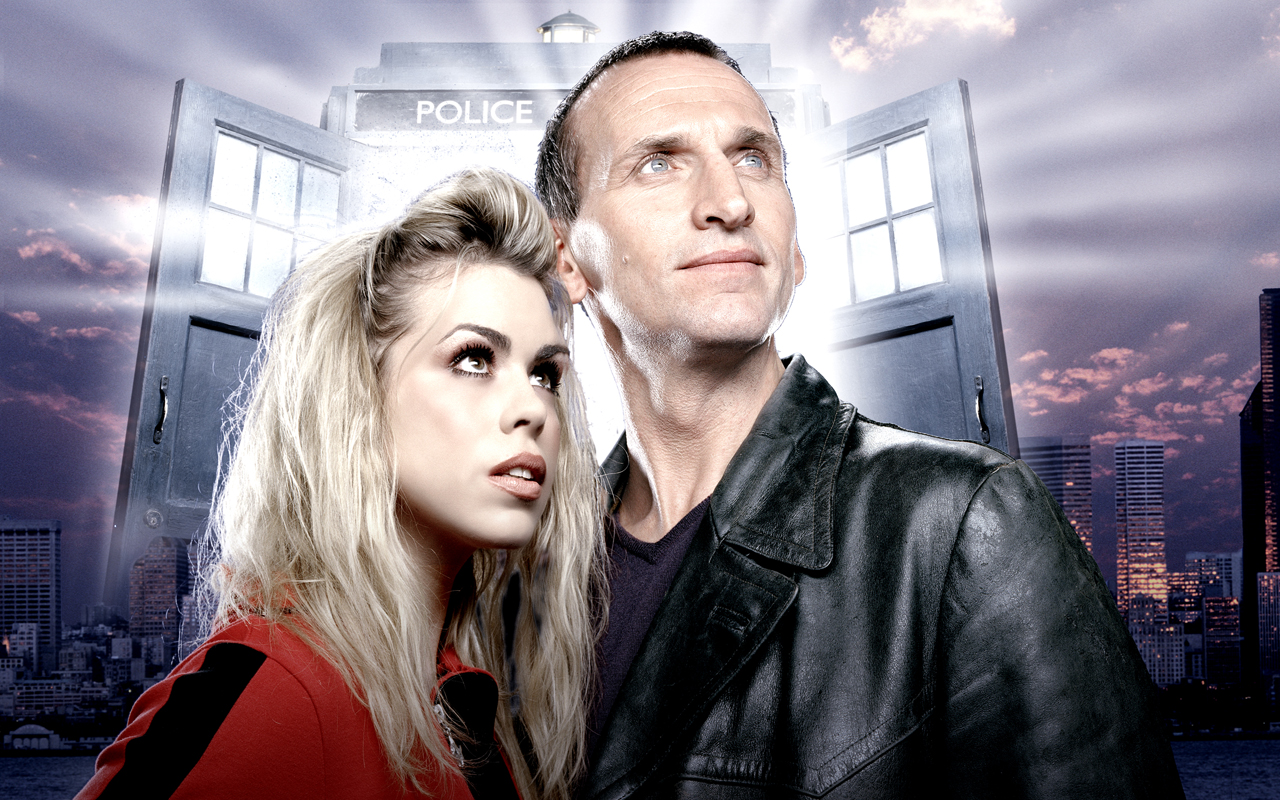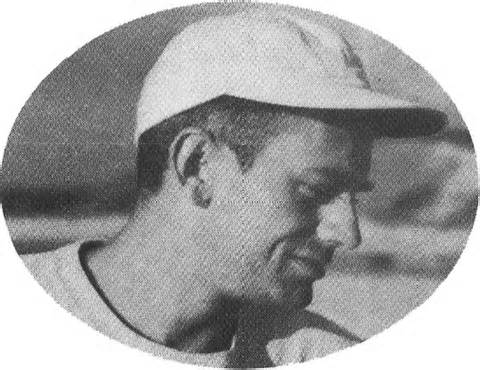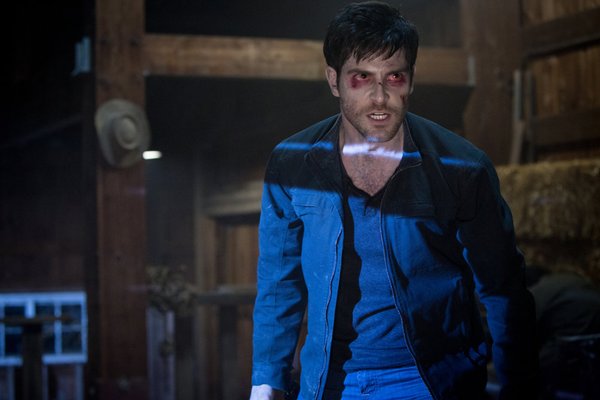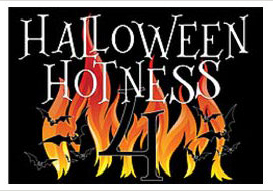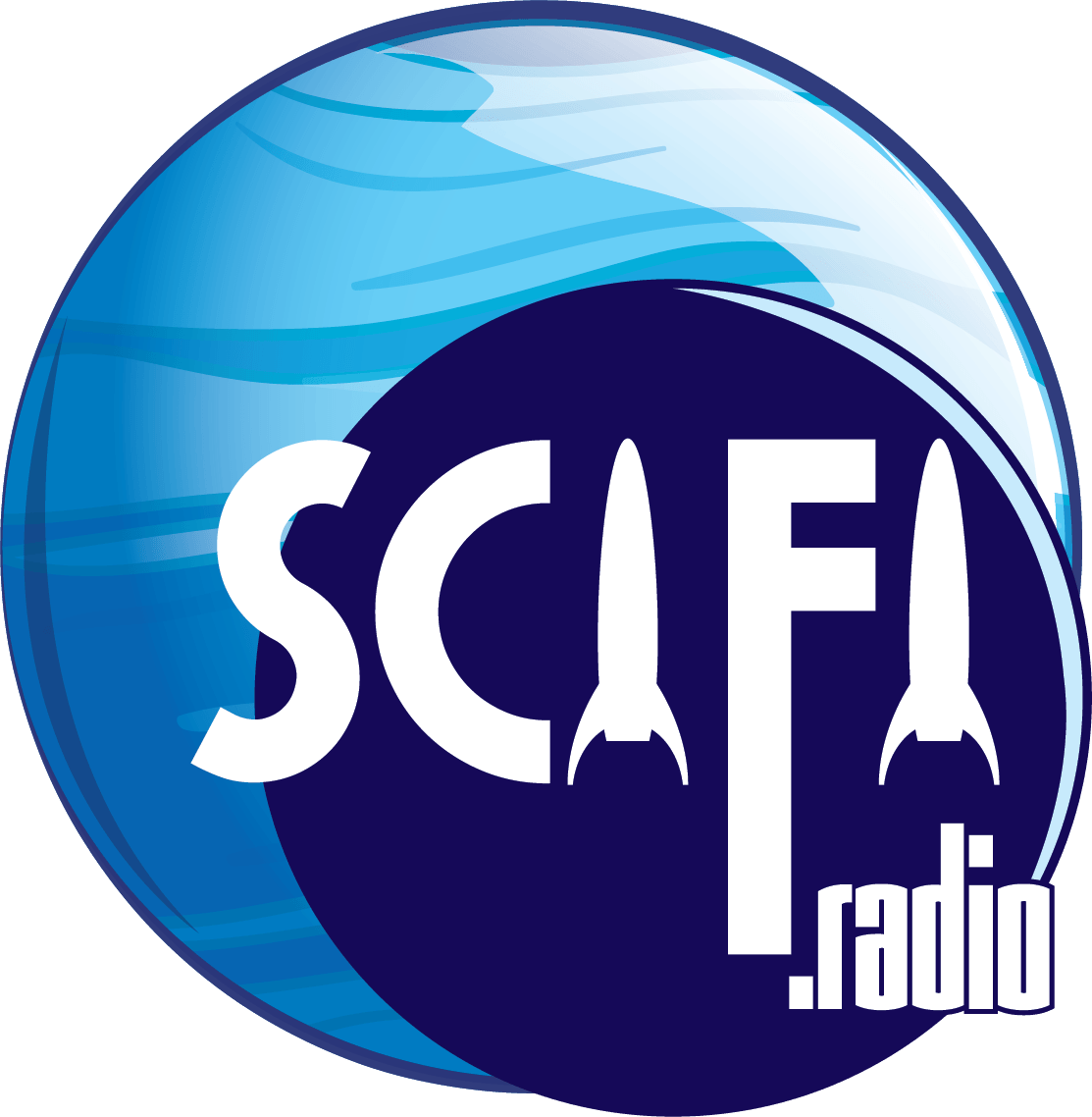Since most columns may look at the best episodes of the past ten years, it’s time to look at how the show has become a bigger part of our lives compared to its original run in the ’60s to the “80s.
 It’s been about 16 months since we celebrated the 50th anniversary of Doctor Who. It was one big birthday party that was capped by the excellent anniversary special “The Day of the Doctor”, still one of the few TV shows that was simulcast around the world.
It’s been about 16 months since we celebrated the 50th anniversary of Doctor Who. It was one big birthday party that was capped by the excellent anniversary special “The Day of the Doctor”, still one of the few TV shows that was simulcast around the world.
Today, March 26th, is another big anniversary. Ten years ago, the revival of Doctor Who on the BBC began with Christopher Eccleston as the ninth Doctor and pop star (back then anyway) Billie Piper as Rose Tyler.
Yet, if not for people on Twitter and a few stories on the internet here and there, people may not be aware of this milestone. BBC America should have had an all-day marathon with Eccleston’s episodes. Not only did they revive a classic sci-fi franchise, the season introduced us to John Barrowman as Jack Harkness, who would go on to his own spinoff, Torchwood, a good run on Arrow and now showing up on Scandal. It would bring back the Daleks in an unexpected way, and allowed companions to play a more active role. Remember, it was Rose who helped the Doctor stop the Autons thanks to her gymnastic skills in the first episode.
Sure, Syfy aired the Who revival…a year late…but BBC America should have had something.
After recalling the best episodes of the Current Who era, or the best moments or the best characters, what else can be said about it?
Let’s look at how the show has become a bigger part of our lives.
Unlike some current fans of the Doctor, I’ve been a loyal viewer since the 80s, when PBS was the main source. It started with Tom Baker’s episodes, followed by Peter Davison, Colin Baker and Sylvester McCoy. Eventually, stations showed the Jon Pertwee shows, too. That was followed by conventions all over the country that featured the current Doctor, along with past ones and some companions. I attended a few of these conventions when I lived in San Jose around 30 years ago. It was just like Comic-Con and Wizard World, but without the cable boom and the internet. You actually had to rely on fanzines to find out when the next convention was coming,
Back then, being a Doctor Who fan was considered quirky. Back then, it was considered a quirky show on public TV. Being a fan of Who was considered no more interesting than being a fan of Upstairs Downstairs.
 So, when news about the Doctor Who revival arrived in 2004, many wondered if and when it would come to the States. By now, fans of Old Who could get their fill through VHS tapes they made or the BBC made. Also, episodes of all Seven Doctors were aired regularly on the Sci-Fi Channel. Fox tried to revive it in 1996, but it didn’t work out. People wondered if it could work with a new Doctor, a new companion, and a TARDIS with a very different interior. Not only that, stories don’t last four weeks, but are told in one episode, sometimes two. Here’s a couple of the promos that ran before the first episode…
So, when news about the Doctor Who revival arrived in 2004, many wondered if and when it would come to the States. By now, fans of Old Who could get their fill through VHS tapes they made or the BBC made. Also, episodes of all Seven Doctors were aired regularly on the Sci-Fi Channel. Fox tried to revive it in 1996, but it didn’t work out. People wondered if it could work with a new Doctor, a new companion, and a TARDIS with a very different interior. Not only that, stories don’t last four weeks, but are told in one episode, sometimes two. Here’s a couple of the promos that ran before the first episode…
British and Canadian fans got their first look, and they were very happy with the start of a new era. It was the same show, but updated for a new generation. However, as io9 reveals, the Sci-Fi Channel was reluctant to air the new version because it was too British. Thing is, the show was just as British in 2005 as it was in 1963, and it didn’t seem to bother the American fans. BBC America is proof of that.
Just as fans from the ’80s relied on bootleg VHS tapes to see the latest episodes until the local PBS station actually caught up, some people relied on bootleg DVDs. Americans who lived close to CBC stations probably, in the spirit of MSTies, circulated the tapes or DVDs to other Who fans to spread the word. It was a little too early to rely on YouTube, but that was soon to be the place for impatient Who fans who didn’t want to wait until July to see the Christmas show.
As soon as Doctor Who was available on DVD, eventually in all his forms, that’s when he became more popular than he has ever been. BBC America taking over the show in 2010, and airing new episodes only a week or two behind the UK, took it to the next level. Those who miss the “old days” can still see them on TV (RetroTV), DVD or Hulu.
In the ten years since Doctor Who returned to TV, people have enjoyed a new appreciation for a sci-fi franchise that’s been around for more than 50 years. It’s lasted so long because of a hero that everyone can recognize, along with new allies, familiar villains (even if they change a little..or a lot) and new enemies who are even scarier.
This weekend is a great time to look back at the revival of Doctor Who, in between NCAA playoff games. Set aside some time to look at “Rose” again, and see how it was a reboot that worked. It would be interesting to compare it to the first episode, “An Unearthly Child”. Also, take a look at “The Eleventh Hour” which is the closest thing to a second reboot with the arrival of Matt Smith and Karen Gillan. Also, look at “The Empty Child” and “The Doctor Dances”, which introduces Harkness, and definitely “Blink”.
So, Happy Reboot Anniversary, Doctor Who..and we’ll see you this summer.
